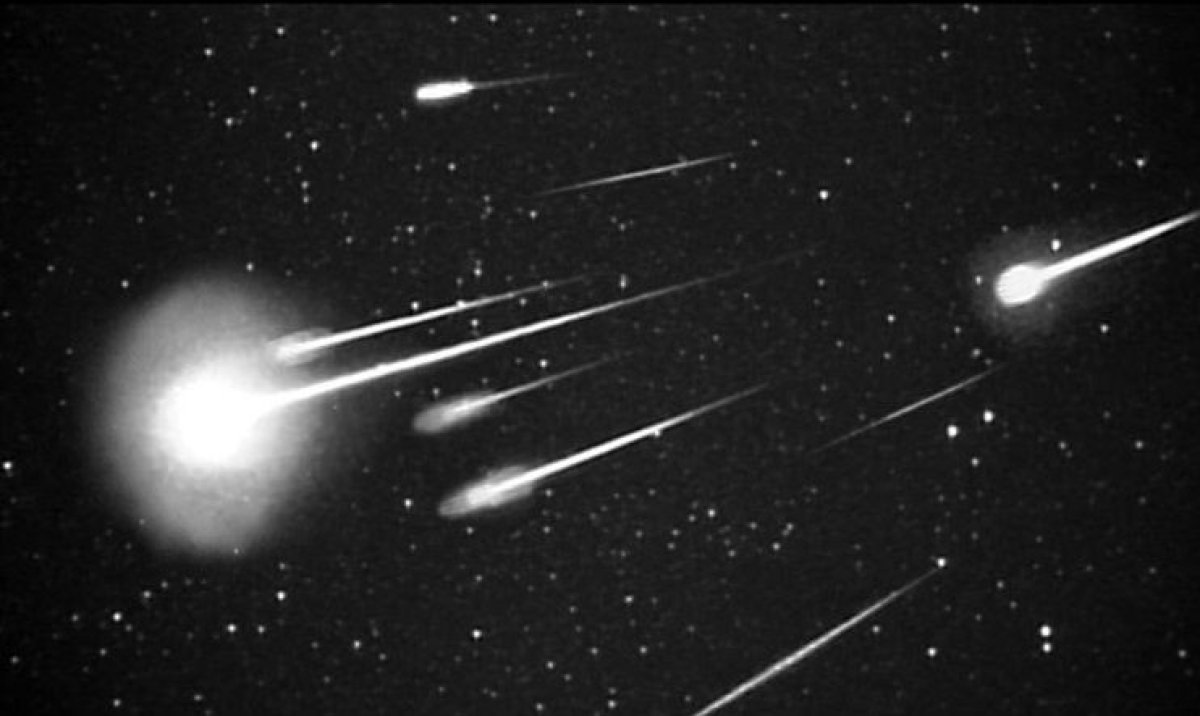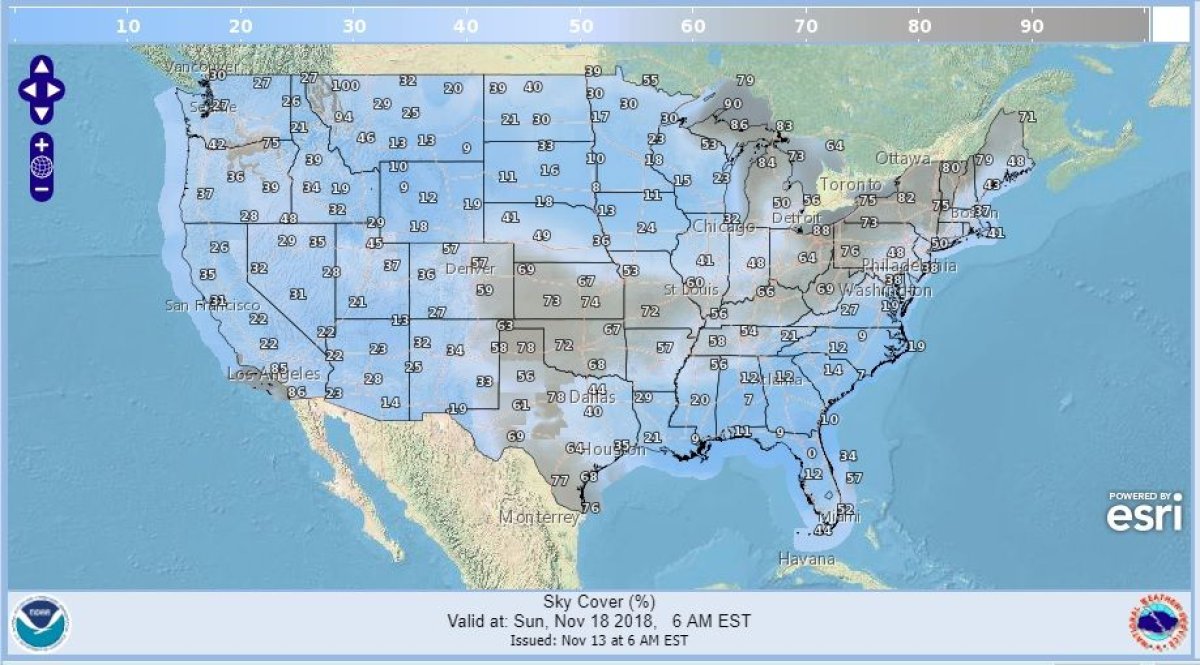The Leonid meteor shower will peak on Saturday, November 17, with around 10 to 20 shooting stars to appear every hour. The meteors, which will be travelling at around 44 miles per second, will appear as bright, colorful streaks across the night sky.
This year's Leonid meteor shower should be fairly easy to see—weather permitting—as it coincides with a waxing gibbous Moon. This is the point between a first quarter moon and full moon, meaning it will not be particularly bright—the light from a full moon makes it harder to see meteor showers.
In an email to Newsweek last month, Bill Cooke, from NASA's Meteoroid Environment Office, said: "The Leonids this year are expected to produce between 10-20 meteors per hour just before dawn on the morning of November 18. Even though the Leonids are faint, the waxing gibbous Moon will set before the radiant gets high enough in the sky to produce decent meteor rates, so there will be no moonlight to interfere with the viewing.
"Best time is from 3 A.M. to dawn—go outside and lie flat on your back, and look straight overhead. Be sure to allow 30 minutes or so for your eyes to adapt to the dark; avoid glancing at the bright screen of your cell phone, as this will mess up your night vision."

The Leonids appear when Earth passes through the orbital path of the comet Tempel-Tuttle. When the debris in the comet's tail pass through Earth's atmosphere, they vaporize, causing bright streaks of light. It is named the Leonid meteor shower as the comet appears to come from the constellation Leo.
Stargazers wishing to see the meteor shower are advised to go away from towns and cities where the light pollution will dampen the view. To find the closest 'dark sky' area—a spot noted for its dark skies—stargazers can use this map.
Clear skies are also a prerequisite for seeing the meteor shower. The map below shows the sky cover for 6 A.M. on November 18. There is also a low chance of rain forecast for most of the country over Saturday night and Sunday morning. For a more detailed and updated forecast, visit the National Weather Service website here.


The Leonids will be visible in the night sky until November 30. However, it will be most active on November 17 and 18. While this year's event will be fairly subdued, the shower has the potential to produce meteor storms. This is where over 1,000 meteors are produced every hour.
"Viewers in 1966 experienced a spectacular Leonid storm: thousands of meteors per minute fell through Earth's atmosphere during a 15 minute period," NASA said in a statement. "There were so many meteors seen that they appeared to fall like rain." The last time the Leonids produced a meteor storm was 2002.
Uncommon Knowledge
Newsweek is committed to challenging conventional wisdom and finding connections in the search for common ground.
Newsweek is committed to challenging conventional wisdom and finding connections in the search for common ground.
About the writer
Hannah Osborne is Nesweek's Science Editor, based in London, UK. Hannah joined Newsweek in 2017 from IBTimes UK. She is ... Read more
To read how Newsweek uses AI as a newsroom tool, Click here.








